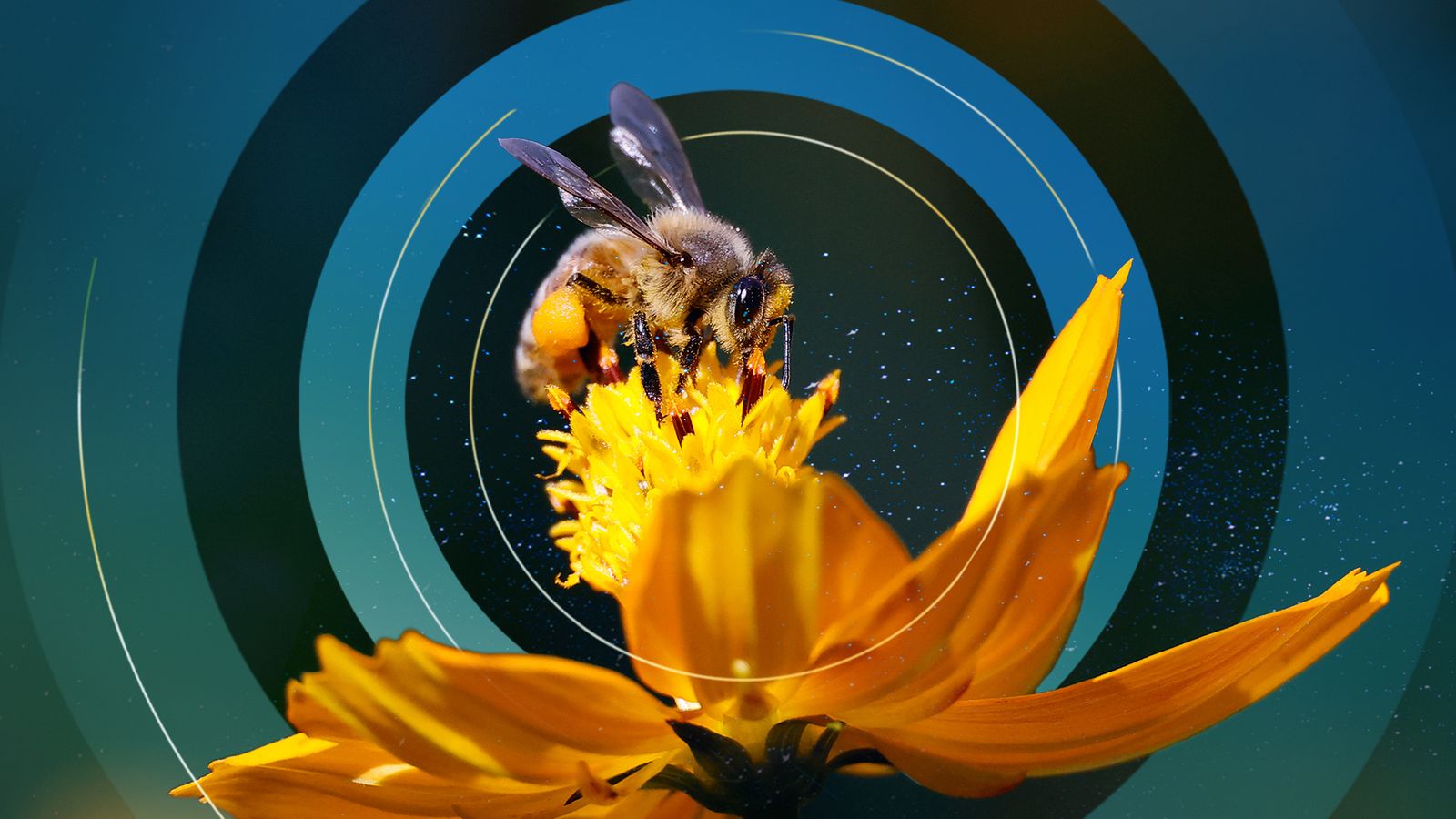Climate change and intensive agriculture have almost halved the numbers of insects in worst-hit parts of the world, a new study has suggested.
Insects have an important role in ecosystems, including pollination and pest control.
The research found the number of insects was 49% lower in areas with high-intensity agriculture – characterised by low crop diversity or high livestock intensity – and substantial climate warming, than in the most natural habitats with no recorded climate warming, while the number of different species was 29% lower.
According to the study, tropical areas saw the biggest declines in insect biodiversity linked to land use and climate change.
Lead author Dr Charlie Outhwaite, UCL Centre for Biodiversity & Environment Research, UCL Biosciences, said: “Many insects appear to be very vulnerable to human pressures, which is concerning as climate change worsens and agricultural areas continue to expand.
“Our findings highlight the urgency of actions to preserve natural habitats, slow the expansion of high-intensity agriculture and cut emissions to mitigate climate change.
“Our findings may only represent the tip of the iceberg as there is limited evidence in some areas, particularly in the tropics which we found have quite high reductions in insect biodiversity in the most impacted areas.”
Climate change: Ryanair signs sustainable fuel deal to cut climate-heating emissions from its Amsterdam flights
New climate change GCSE will teach students ‘how to conserve the planet’
Extinction Rebellion: Six people arrested as activists climb on top of Shell oil tanker in central London
As well as harming the environment, the loss of insects like beetles, flies, bees, butterflies and grasshoppers could also harm human health, the experts suggest.
Joint first author Peter McCann, who conducted the research while completing an MSc at the UCL Centre for Biodiversity & Environment Research, said: “We need to acknowledge how important insects are for the environment as a whole, and for human health and wellbeing, in order to address the threats we pose to them before many species are lost forever.”
The researchers also found that in areas of low-intensity agriculture and substantial climate warming, having nearby natural habitat buffered the losses.
Where 75% of the land was covered by natural habitat, insect abundance only fell by 7%, compared to a 63% reduction in comparable areas with only 25% natural habitat cover.
The researchers warned insect declines due to human influences may be even greater than their findings suggest, because many areas with long histories of human impacts would have already seen biodiversity losses before the start of their study period.
The study is published in Nature.








